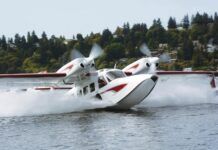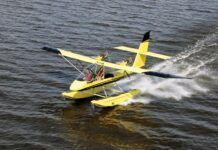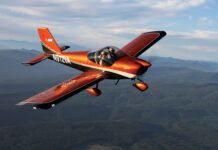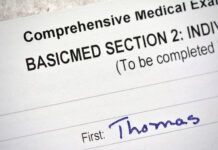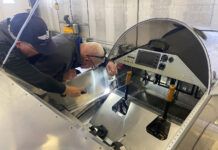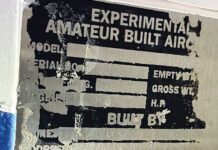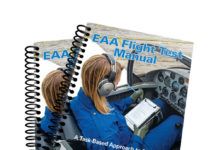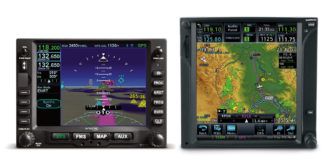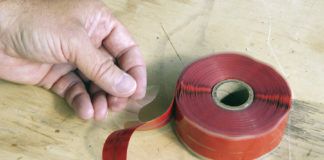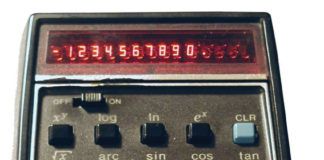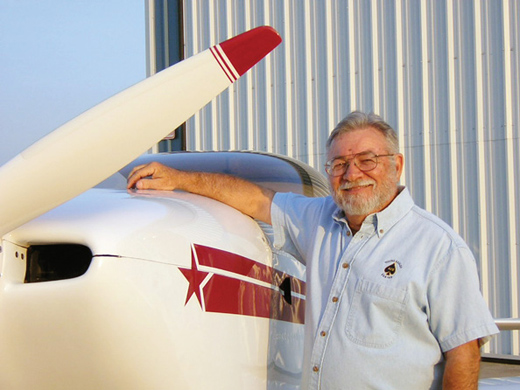
Question: I have a situation I am not sure how to handle. I recently acquired a homebuilt completed in 1989. In accordance with the original operating limitations, any major change invalidates the airworthiness certificate. My problem is that back in 1989, the airplane crashed on its first flight. The original owner/designer/builder rebuilt the airplane with significant changes. The original V tail was changed to a standard configuration and the C-85 engine was changed to an O-200.
The airplane was flown again in 1991, completed its 40 hours of flight testing in this configuration, and continued to be flown for another 10 years. From the paperwork available to me in the FAA files, no new airworthiness certificate was ever issued. The certificate in the airplane is the original issued in 1989. Now I am in a quandary as to whether the airplane is legal to fly with the existing paperwork and, if not, what remedy I should pursue.
Answer: I’m sure you already know the answer, but I will confirm that, yes, all flights to date—with the exception of that first flight—have been illegal.
Once the aircraft was modified, the airworthiness certificate became invalid. Even if the aircraft had been returned to its original configuration, that would not reinstate the airworthiness certificate.
There was a case many years ago involving a Rutan canard that had had the fuel system modified. This invalidated the airworthiness certificate. The owner wasn’t happy with the mod so he returned the fuel system to its original configuration. Later, the aircraft was involved in an accident. The insurance company refused to pay because the airworthiness certificate was invalid.
You need to get with your local FSDO or a knowledgeable DAR and have a recurrent airworthiness inspection. This will be very much like starting all over again. Since the Phase I flight testing was accomplished without a valid airworthiness certificate, it will need to be re-done.
On the up side, your new operating limitations will be much friendlier. They will allow you to make future modifications without invalidating your airworthiness certificate, and allow you to re-enter Phase I flight testing with a simple logbook entry
Question: I have recently completed a Rans S6S. I have done all of the weight and balance calculations using the Rans gross weight of 1200 pounds. After flying Phase 1, I plan to put the airplane on amphibious floats. If I use the 1200-pound gross, which I thought was cast in stone, I will then be able to fly only with some fuel and myself.
Some friends tell me that I can increase the gross weight when I add the floats. Is this true? If it is, how much can I increase it, and where do I find this info?
Answer: You are free to set the gross weight yourself, but your DAR may insist that you show justification for the change. That information should come from the aircraft designer or kit manufacturer. Normally, a designer will allow an increase in gross weight when adding floats.
The gross weight can be changed when adding the floats. It does not have to be done now.
Because of the gross weight and CG changes, you will need to place the aircraft back into Phase I flight testing when you do this.
Please send your questions for DAR Asberry to [email protected] with “Ask the DAR” in the subject line.

![]()
Mel Asberry is an experienced Designated Airworthiness Representative specializing in Experimental/Amateur-Built aircraft. He and his wife, Ann, have built seven amateur-built airplanes including two ultralight types, a Moni Motorglider, a Dragonfly Mk2, two RV-6s and a Zenair CH 601HDS. They are currently building a scratch-built biplane.


